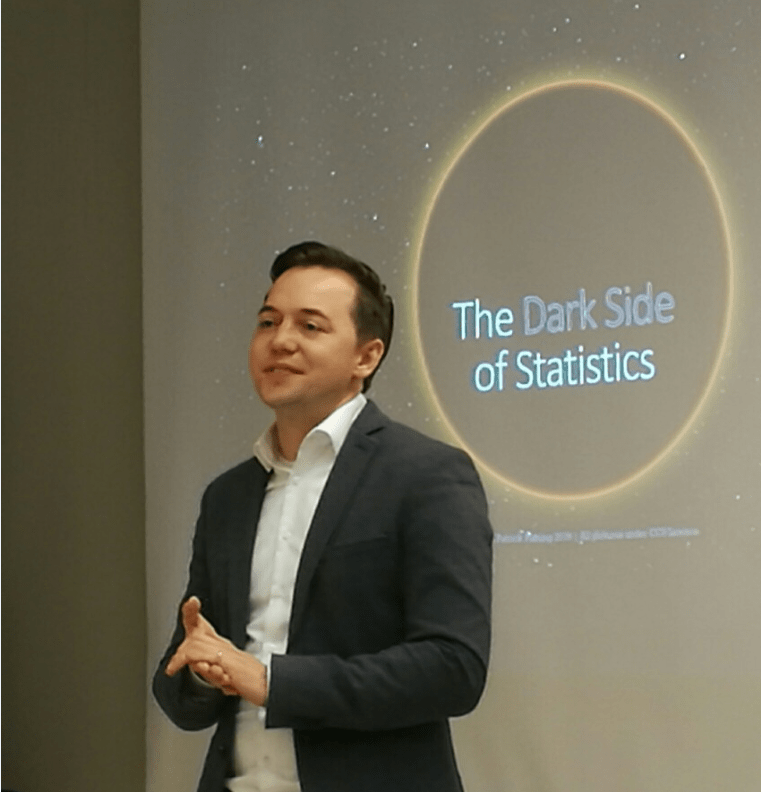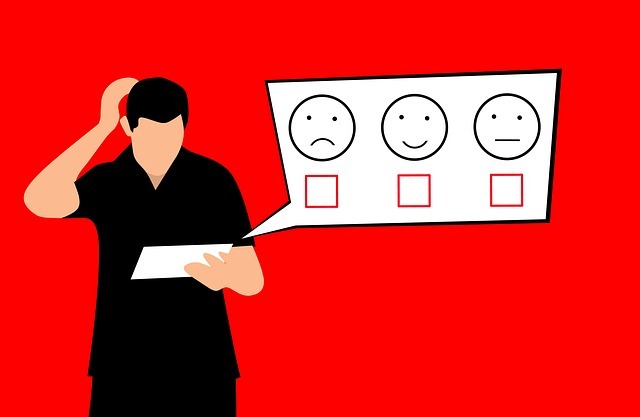Where to get help with children and house work, if you are a busy professional? Who to ask for help? Where to get reliable help? Where one can offer own help, if there is a wish to help others? – …
Where to get help with children and house work, if you are a busy professional? Who to ask for help? Where to get reliable help? Where one can offer own help, if there is a wish to help others? – …

“The dark side of statistics may become a trap, if the subject is not used professionally. Among the current wide use of data analytics and popularization of statistical tools, we need to know more about statistics and understand it deeper. …

Customer experience today is included in the strategies of most companies. It has been high on the agenda already for years. Yet, as we have seen from the students’ investigations every year, in spite of being on the high-level agenda, …
Bloggaajat ovat Metropolian YAMK-tutkintojen opiskelijoita, opettajia ja yhteistyökumppaneita. Aihepiirit käsittelevät laajasti ylemmän AMK-koulutuksen ajankohtaisia teemoja, työelämäyhteistyötä ja opiskelijoiden kokemuksia. We also blog in English! Check metropolia.fi/yamk
Toimituskunta toimittaa Masterminds - Maisteriainesta -blogin sisällöt ennen julkaisua.
Toimituskunta on aloittanut työnsä 1.1.2022.
Sähköpostiosoitteet:
Sisällöt edustavat kunkin kirjoittajan henkilökohtaisia näkemyksiä.